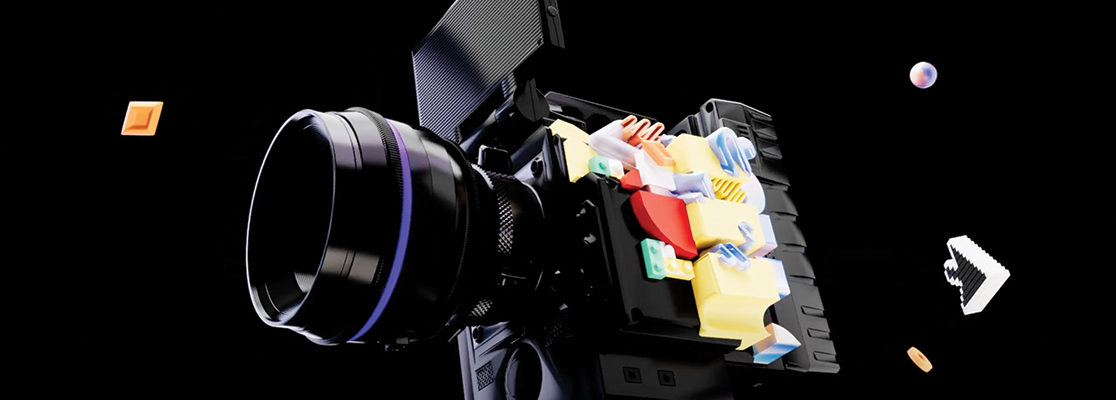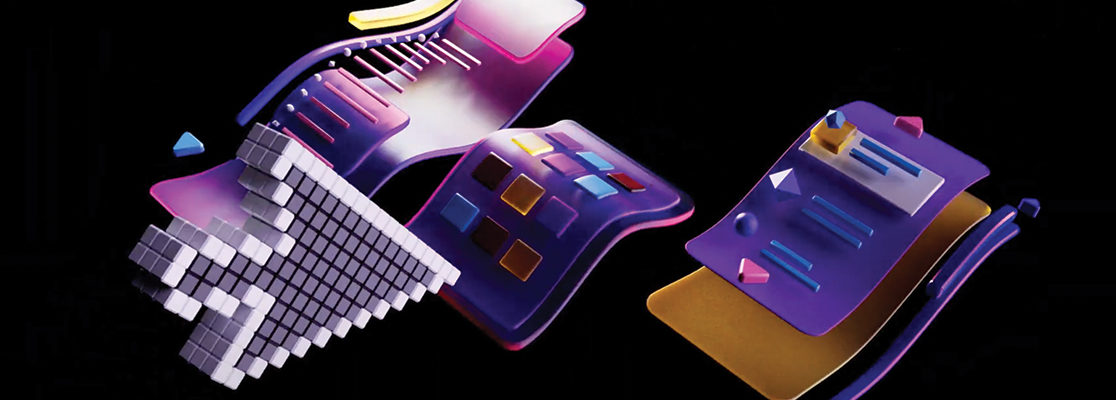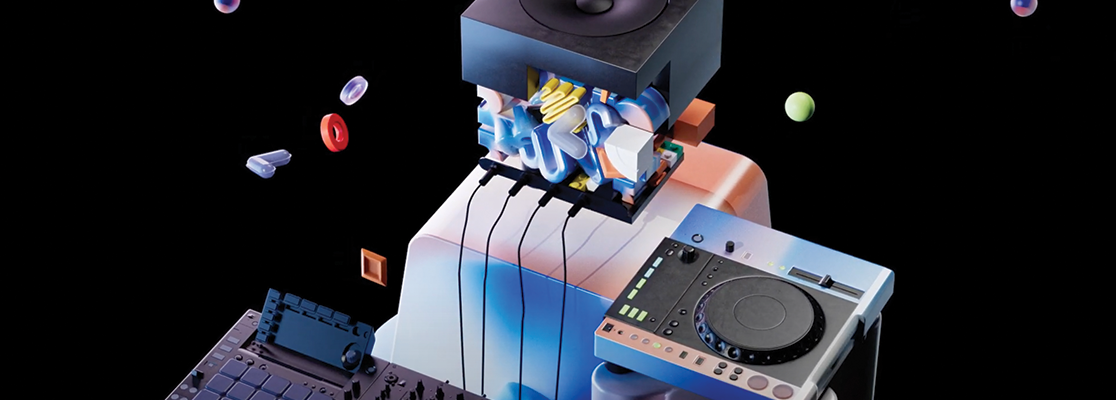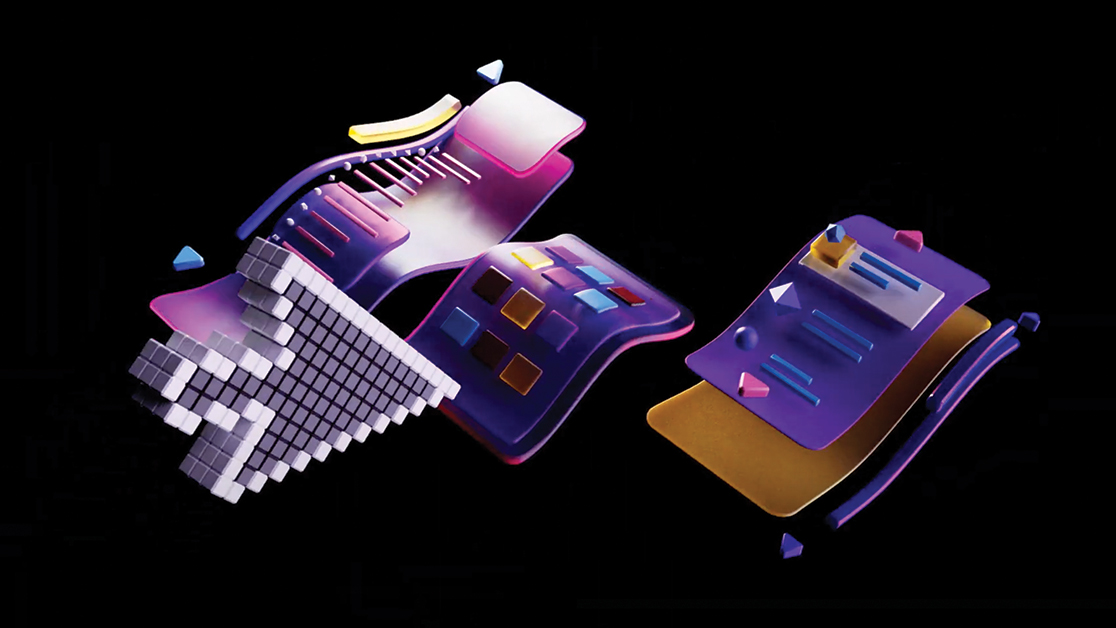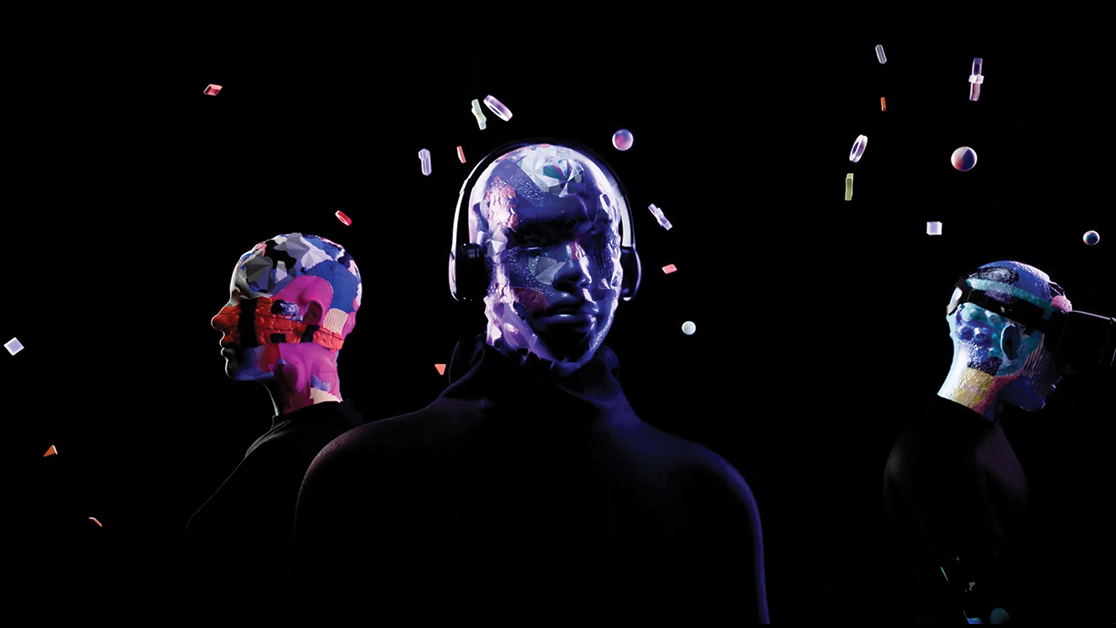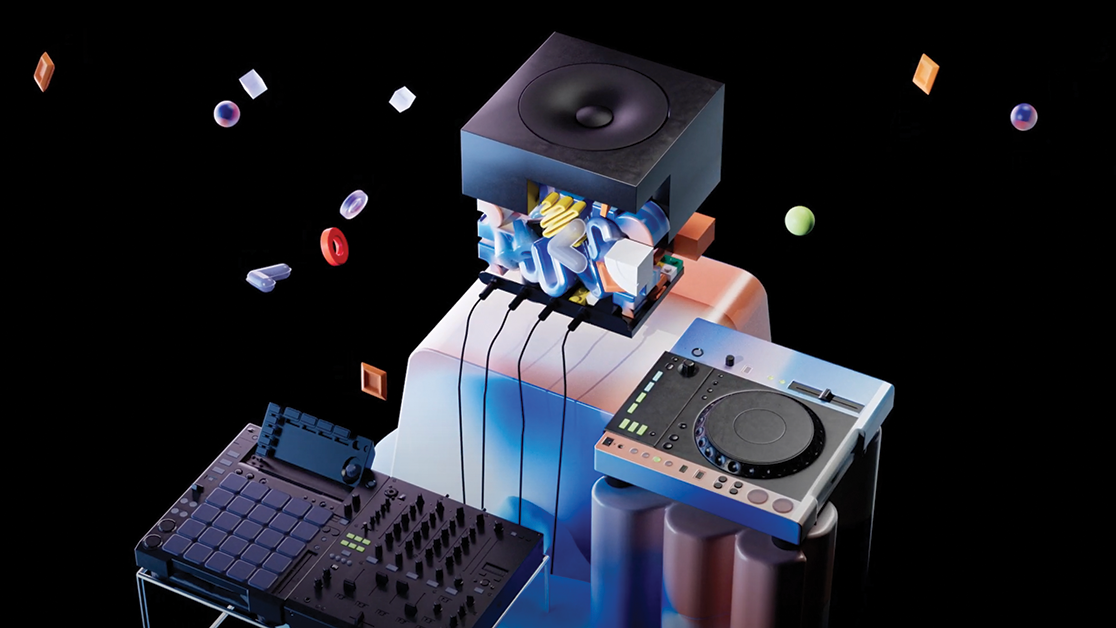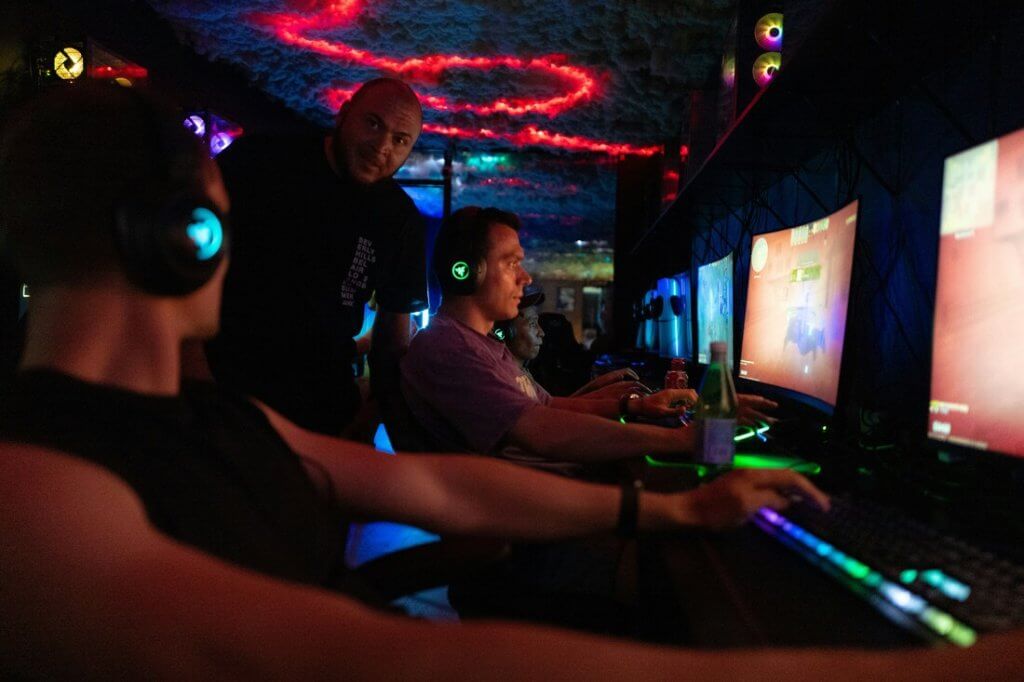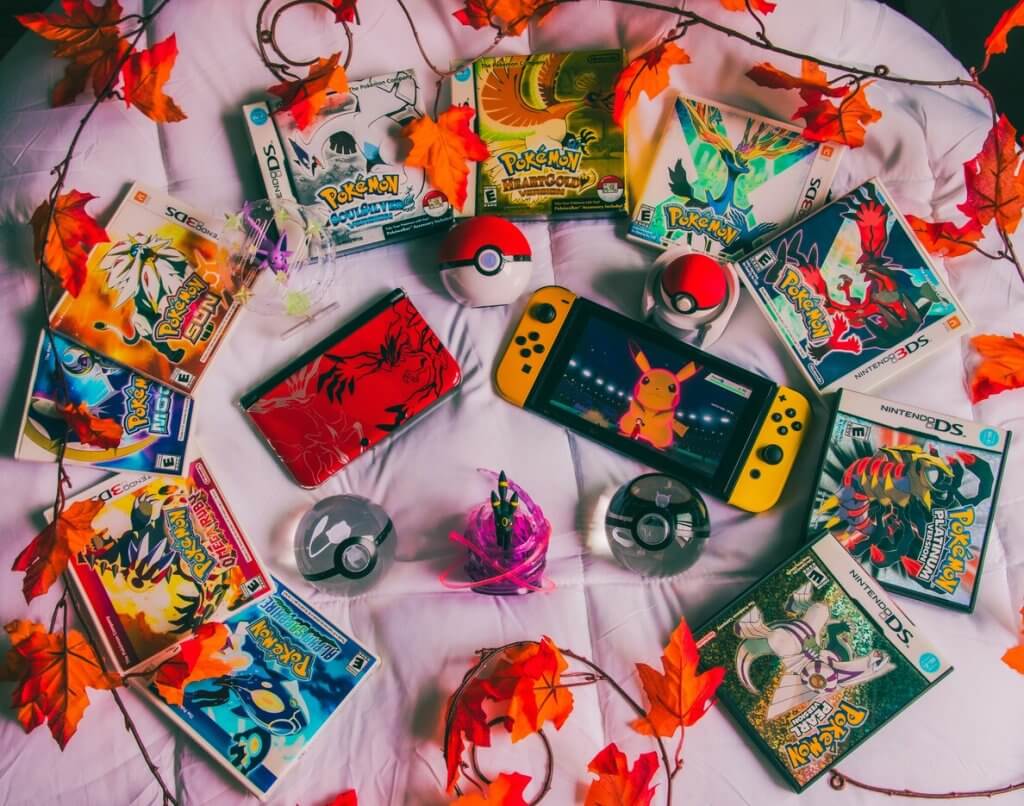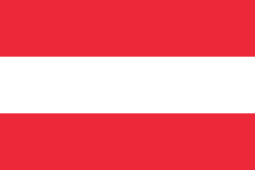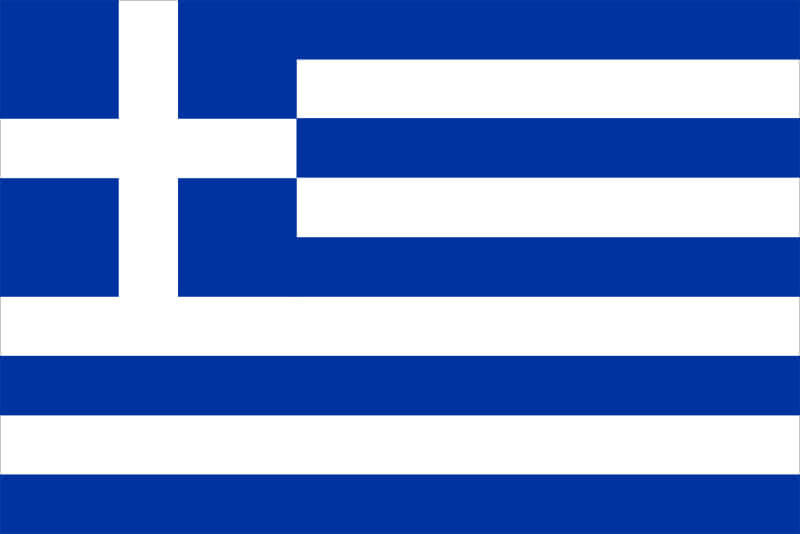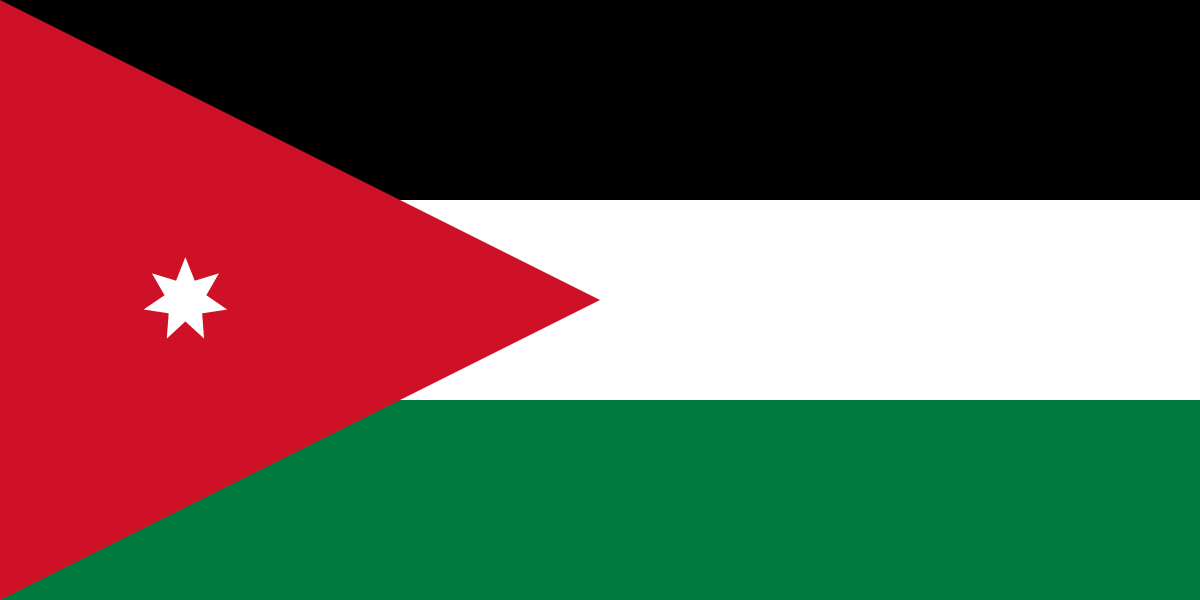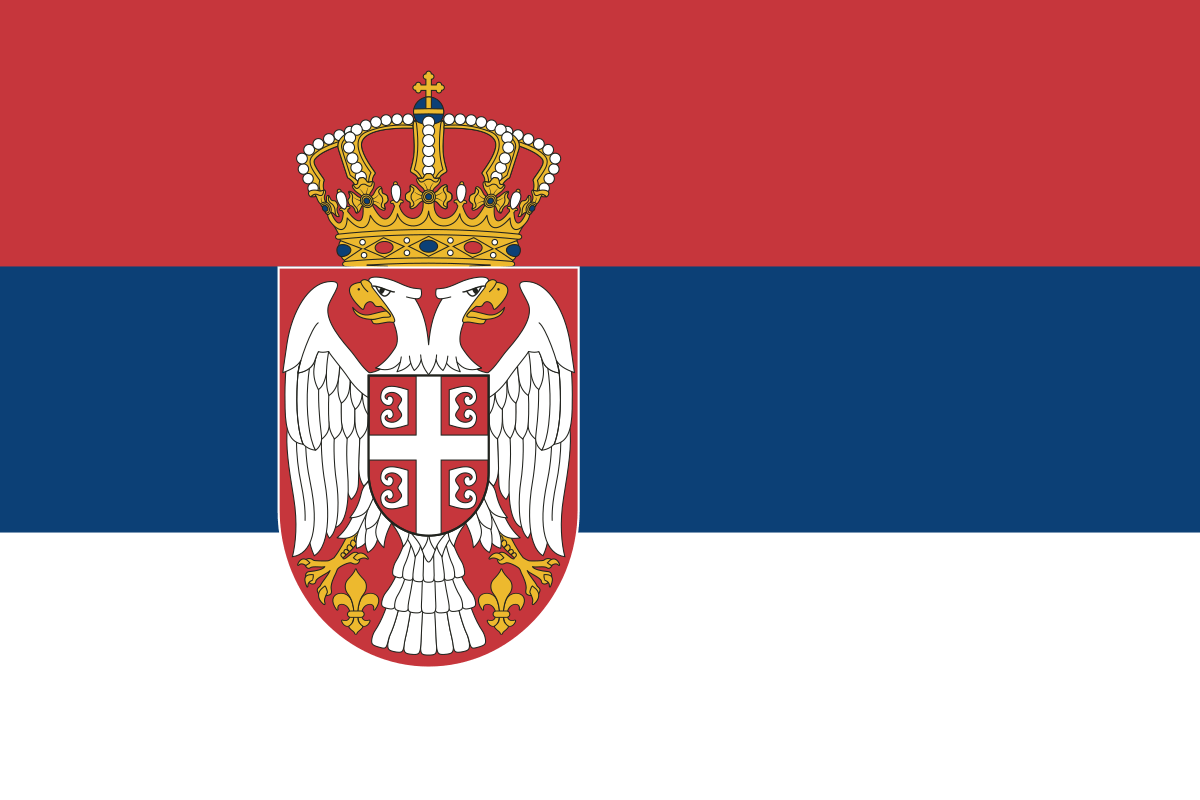Games are now sprawling and sophisticated projects, often involving teams of varying sizes taking on an array of different challenges when bringing a game to life.
With remote, global workforces, effective communication and an ability to establish beneficial working relationships are essential soft skills regardless of the size of a project.
From AAA developers to smaller start-ups, an ability to collaborate is also increasingly crucial and at the heart of creativity in the game development and design sector.
Studying a game production courses like those offered by SAE can be an invaluable way of practising these different skill sets and working alongside peers such as game developers, a project manager or game designer. An understanding of defined roles and their potential power when they come together can help you discover the best way of establishing rewarding collaborative and creative partnerships. This can be invaluable within the gaming industry, both on an individual level as well as part of a wider project.
In our blog, we unpick some of the challenges and different approaches to enhance collaborative workflows within game development teams in the gaming industry. If you are interested in joining game production courses to get to grips with these skills, then contact our team now.
Gaming industry teams come in all sizes
Having the flexibility to work alone and as part of a wider team can be key when looking to launch a successful career in the video game industry.
The sector is competitive and at the start finding a way to communicate an idea is critical. If you want to pursue video game development, design or programming within the sector, then an ability to work with teams of all shapes and sizes is a must alongside a knowledge of innovative practices and technology.
There are pros and cons associated with working for a triple AAA firm – sometimes, teams can be huge and global with little scope for a person to leave their personality on a project or exert much influence within the gameplay of a final product. However, for smaller teams, you may be overstretched and tasked with many different roles and deadlines which you are expected to manage and meet.
Hit games have come from developers of varying sizes – for example, Hollow Knight was made by a small indie studio called Team Cherry, consisting of three people: Ari Gibson, William Pellen, and Jack Vine – it went on to sell more than 15m copies according to the developer.
Elsewhere, teams are much larger. Rockstar Games is developing the much-anticipated Grand Theft Auto 6 and now has 10 studios based around the world. At this point in the process, thousands of developers are believed to be contributing to the project’s creation.
Studying game production courses can help you explore the different types of roles that go into collaborative teams. Some of these roles include
Project manager
A project manager plans, organises, and oversees the completion of a gaming project. Their responsibility is to ensure it is delivered on time, the spend comes within budget and it is delivered on time, within budget, and to the required standards.
Game designer
Video games are made out of different systems and rules – the task of a game designer is to weave these together to create as engaging an experience as possible. Their role involves developing storylines, characters, and game mechanics, as well as creating game levels.
Game developer
A game developer is a software developer who creates video games by coding, testing, and refining. This role involves transforming game concepts into a playable reality through tasks such as writing code, creating art and sound.
Collaborative challenges and how they can be solved
Working as part of a team can be complex and see professionals needing to navigate plenty of potential pitfalls. This is why clear lines of communication need to be set from the beginning of a new project if it is to achieve excellence.
Misunderstandings
If communication is not aligned across a project, then resources can potentially be lost and time and energy wasted. It can therefore be useful for project owners to establish clear channels for all communications – for example, via a Slack channel or even Discord. This can be a central hub for team messaging, relevant documentation and any other information that may be necessary for a project to move forward effectively.
Scope creep
Creep is a common issue within the game development world and occurs when projects start to spiral beyond their initial scope or brief.
If new features are imagined once work has begun, then this can have a significant impact on to-do lists and project deadlines being adhered to. It’s therefore important for all stakeholders to conduct regular reviews of a project and that any central design or development documents are also regularly updated too.
Tech issues
In bigger teams, there can sometimes be misunderstandings surrounding how different elements work together, for example, between level designers and those responsible for the audio composition or sound effects. To avoid this, it’s beneficial to foster a mutual and sharing work culture within the wider team and conduct regular reviews of goals and milestones.
Version control
Data loss or working on the wrong version of a file or design can be frustrating for a game development team and lead to wasted time and missed deadlines.
It’s therefore imperative to utilise robust asset management systems that all team members can access and are easily updated to ensure all goals are met.
Team dynamics
Fostering a creative and supportive work culture can be an important part of helping a team gel and work together effectively. Investing in team–building activities and exercises can support this while also helping avoid unnecessary conflicts.
What tools can smooth the process?
Thankfully for today’s gaming professionals, there are plenty of different platforms and tools that can help enhance the collaborative process.
Project Management Software: Use platforms like Trello, Monday.com or Codecks to track tasks, deadlines, and progress, ensuring visibility for everyone.
Version Control Systems: These systems are essential for managing changes to code and assets. Tools like Git (with LFS for large binaries), Plastic SCM, or Perforce are industry standards.
Documentation Repositories: By maintaining a central and up-to-date pool of documentation (e.g., game design documents, wikis), then the collaborative culture can be enhanced. Some tools to do this include Confluence or Notion.
Communication Platforms: Many different platforms for communication are in use within professional spaces. Some popular tools include Slack, Discord, or Microsoft Teams for instant communication and team interaction.
How to instil a collaborative nature within a game development team
Different approaches can help provide a game development team with a shared vision and what each team member ultimately needs to bring to the table for a project to become a success. They include (but are not limited to):
Creating interdisciplinary teams: Success hinges on the partnerships between different domains of expertise. Programmers build mechanics, artists create visuals, and designers shape the experience, with input from sound engineers, writers, and QA testers. This diversity of perspectives is a significant source of innovation and creative problem-solving.
Establishing clear goals: A clear, unified project vision and defined goals are essential to align the efforts of all team members and prevent siloed work or the previously mentioned scope creep. This shared understanding helps to ensure that all components fit together seamlessly to create a consistent and immersive game world.
Creating communication and feedback loops: Clear, open, and regular communication is the backbone of successful collaboration, especially given the rise of remote and hybrid work models. Regular meetings, such as daily updates and sprint reviews (often following Agile methodologies), along with structured feedback sessions, help teams stay aligned, address challenges, and iterate effectively.
Project Management: Effective project management is vital for coordinating tasks, tracking progress, and managing dependencies between different disciplines. It’s essential for all project stakeholders to be aware of their responsibilities, tasks and relevant deadlines for the bigger project to stay on target.
Co-development and External Partnerships: Many studios, particularly in the major development space, engage in co-development or strategic outsourcing to access expert talent, accelerate production timelines, and share risks. This requires deep integration between internal and external teams, emphasising shared tools, pipelines, and a strong cultural fit.
STUDY games at SAE
Whether you want to study Games Programming, Game Design or Game Art and Animation, our Gaming faculty has an array of courses to suit you and your ambitions.
Our state-of-the-art facilities and expert tutors are well placed to give your career the best possible start in exciting and creative sector.


